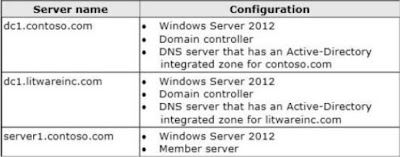Now the traditional database companies are also in the data warehousing market. They have begun to offer data warehousing solutions built around their database products. On one hand, data extraction and transformation tools are packaged with the database management system.

Figure 3-2 Current status of the data warehousing market.
On the other hand, inquiry and reporting tools are enhanced for data warehousing. Some database vendors take the enhancement further by offering sophisticated products such as data milling tools.
With so many vendors and products, how can we classify the vendors and products, and thereby make .sense of the market'? It is best to separate the market broadly into two distinct groups. The first group consists of data warehouse vendors and products catering to the needs of corporate data warehouses in which all enterprise data is integrated and transformed. This segment has been referred to as the market for strategic data warehouses free download microsoft exam. This segment accounts for about a quarter of the total market. The second segment is MON loose and dispersed, consisting of departmental data marts, fragmented database marketing systems, and a wide range of decision support systems. Specific vendors and products dominate each segment.
We may also look at the list or products in another Way. Figure 3-3 shows a list of prod-ucts, grouped by the functions they per in a data warehouse.



